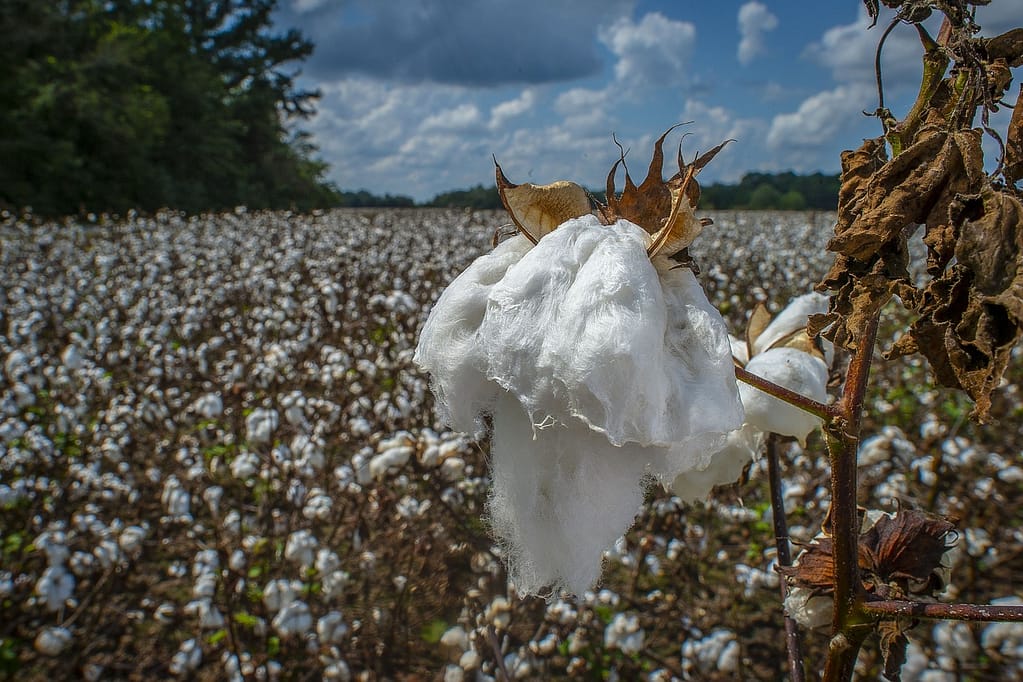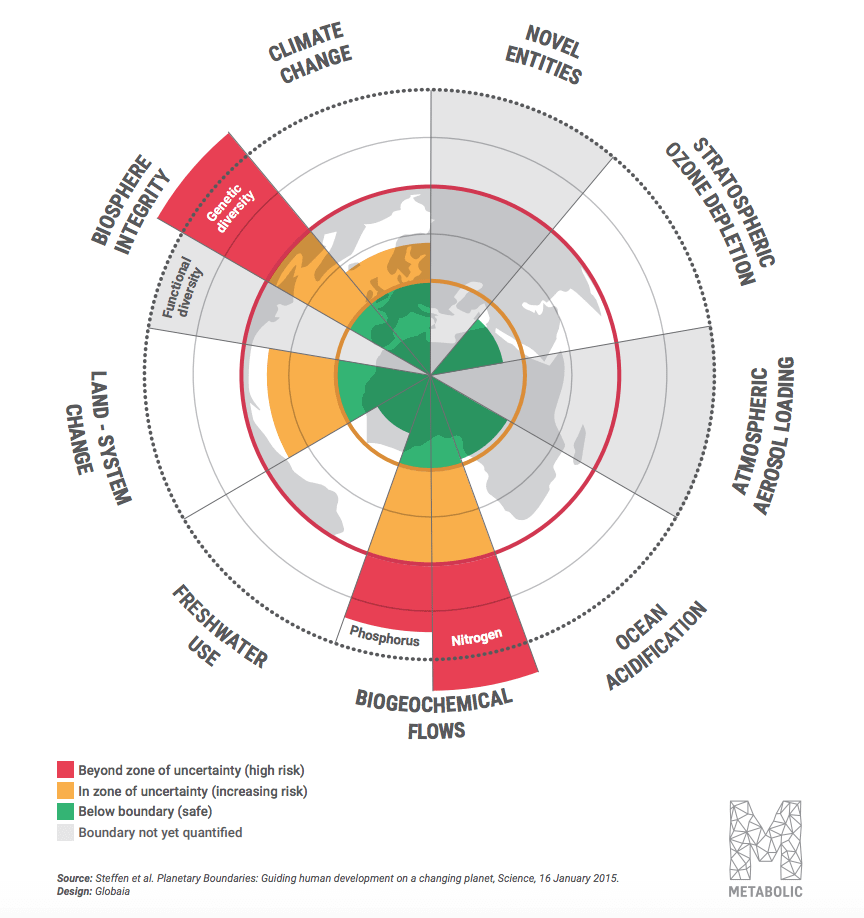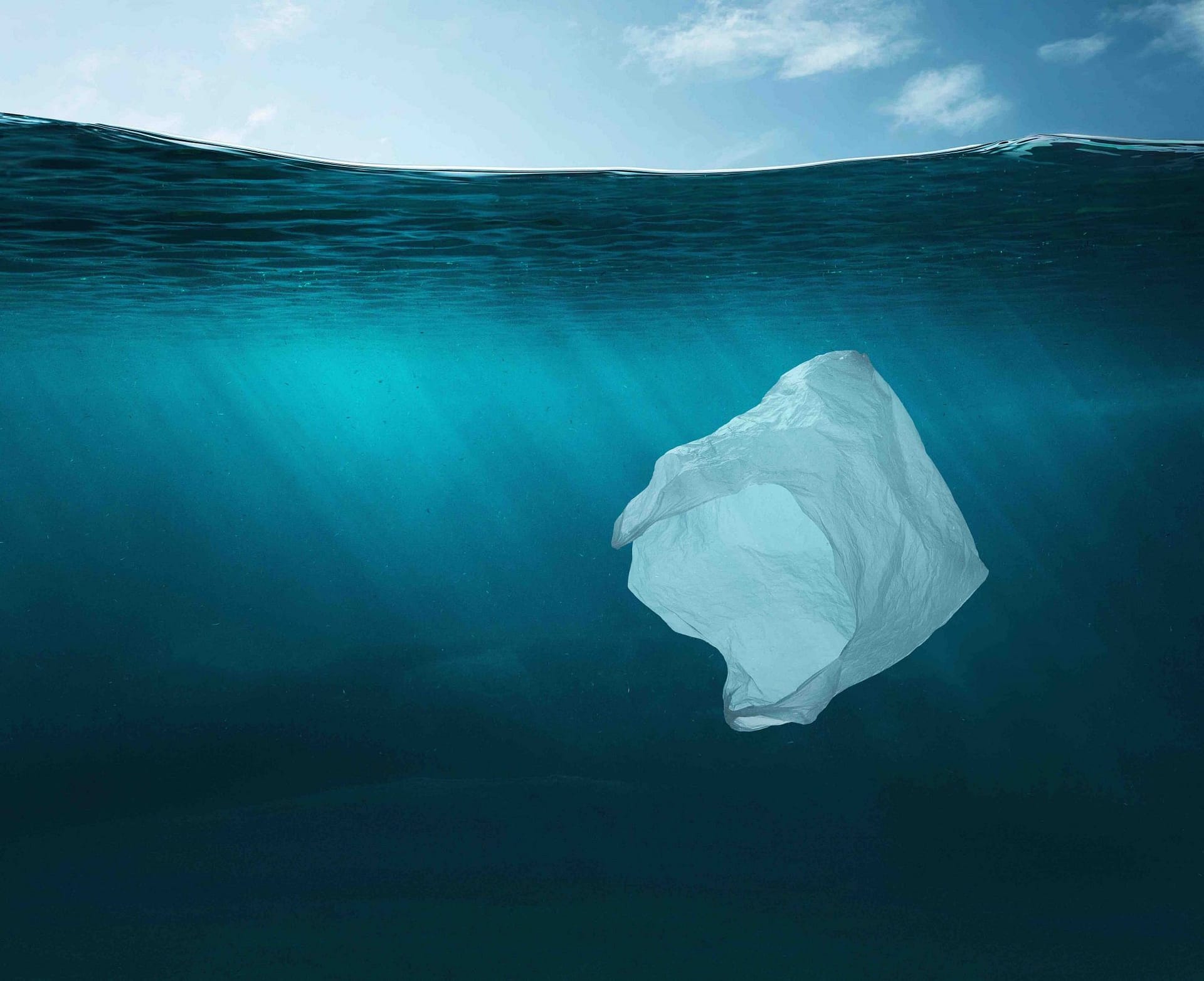Which has a greater environmental impact: cotton bags or plastic? Our industries consultant Parkpoom Kometsopha unpacks the importance of context when making any sustainability decisions.
A series of viral news stories recently caught my attention by making the claim that organic cotton totes have a greater environmental impact than plastic bags. With provocative headlines like “Your cotton tote is pretty much the worst replacement for a plastic bag,” I was eager to investigate.
In our work at Metabolic, we support organizations to become more sustainable every day by drawing on facts and quantitative insights. Yet, data alone is nothing without including its context. What might seem like an obvious conclusion of a study may be much more nuanced if you start unpacking the underlying assumptions.
Let’s do that here.
Go to the source
The source behind the claims is credible: a study backed by the Government of Denmark into the Life Cycle Assessment (LCA) of grocery carrier bags, which assesses the environmental impacts of various carrier bag types used in the country, and compares the results. It considers the whole life-cycle of the products, starting from the raw material acquisition until their end-of-life.
One of its key conclusions was that conventional and organic cotton bags must be used at least 7,100 and 20,000 times respectively in order to meet the environmental performance of LDPE plastic bags.
These figures were quite surprising, even for me. I know cotton bags need to be reused multiple times before they have a lower environmental impact than plastic bags, but I did not expect the numbers to be so immense.
Is the claim accurate? After diving into the research paper, I’d say yes – and no. Yes, because the result of the study was presented according to its methodological framework with full data disclosure. So the data is there, and it’s interesting! No, because the report was often quoted without proper context. Data is nothing without context. As I will explain, I believe certain assumptions disadvantage the cotton bag, especially the organic cotton bag.

The environmental impact of cotton bags
This study assessed the environmental impact of the bags across 15 impact categories in total, ranging from climate change, to ozone depletion, to water and energy consumption. It also compared the result of each bag with the reference LDPE bag to identify how many times each of them must be used in order to meet the same environmental performance as the reference bag.
This is where things get complicated.
While 15 impact categories were considered, the report’s take-home message is based on the impact category for which all bags performed the worst. For both organic and conventional cotton bags, the huge number of reuse times (20,000 & 7100) was based on the ozone depletion impact alone. If we exclude that impact, “the number of reuse times [would only range] from 50 to 1400 for the conventional cotton, and from 150 to 3800 for the organic cotton”.
For those who have not heard of ozone depletion, it is a gradual thinning of the ozone layer in the Earth’s upper atmosphere caused by the release of certain chemical compounds from human-related activities. The loss of the ozone layer would allow ultraviolet (UV) radiation to pass through to the Earth’s surface in an unhealthy amount, increasing health risks such as skin cancer and eye cataracts. So what causes ozone depletion in the cotton carrier bag?
Mostly, it comes down to a particular activity in cotton production — the electricity consumption for irrigation. In this research, electricity was assumed to be used in the cotton irrigation process because the research author used a dataset of cotton production which has the particular input (‘Market for textile, woven cotton; GLO’ in Ecoinvent v3.4 database).
Accordingly, much of the electricity is assumed to be produced by natural gas. During the transportation of the gas, two fire-suppressing and cooling gases which are known as Halon 1211 & 1311 are used in the gas pipeline distribution system. These gases have very high potential in ozone depletion; their impact is 5–12 times higher than the common ozone-depletion gas called CFC-11. Since a large amount of cotton fibers is needed to produce the cotton bag, the impact of ozone depletion in the cotton bag is very high as a result.
The study makes a big assumption: that natural gas is used to power irrigation of cotton fields. Procuring cotton fibers from sources that do not use electricity, or use electricity from renewable sources, can substantially lower the impact. As a result, the environmental impact of cotton bags would become much more competitive compared to the LDPE bag.
The data is correct but it needs to be accompanied with proper context. It is an intensive farming method using energy from natural gas, rather than the cotton per se, which causes these problems.
But there’s more: is ozone depletion even an issue we should be prioritizing here?
Not all environmental problems are equal
In the past (around 1970), ozone depletion was indeed a severe problem when we found out that the immense release of (mostly) CFC-11 gas created a large hole in the ozone layer over the Antarctic. However, since 1987, the ozone layer has been recovering thanks to global adoption of the Montreal Protocol (an international agreement to phase out from using CFCs).
Furthermore, if we look at the study of planetary boundaries which assesses the condition of nine different earth systems that are critical to the preservation of the Earth’s current state — where mankind can live comfortably on the planet (unlike the Ice Age, for example) — we can see that the Earth is being ravaged mostly by the impacts of biodiversity loss and land degradation, imbalanced biogeochemical flows, and climate change. These impacts are currently much more alarming than ozone depletion.

In terms of climate change, the organic cotton bag does better. It has to be used only 150 times before it meets the same environmental performance as the LDPE bag. The number is still high, but realistic if I use a bag most days. Assuming I do grocery shopping twice a week, it would still only take me 1.5 years to beat the LDPE bag in the climate change category.
On the other hand, there are other impacts from plastic bags which were not mentioned in the study at all— for example, microplastic leakage and the ingestion of plastic materials by marine life.
That doesn’t mean the study was bad; it accurately shows the impact of different carrier bags over multiple categories. It is undoubtedly true that intensive cotton farming using energy generated by natural gas has side-effects we should be aware of —and indeed, wary of. This does not necessarily directly translate to cotton bags being ‘worse’, however, and this is where proper context is absolutely critical.

All about the context
So, to sum up: determining the environmental impact of cotton bags is not straightforward. Not all environmental impacts are as pressing as others (decisions will always involve trade-offs), and it isn’t just about what material the bag is made of, but how that material is farmed or produced. It isn’t as simple as choosing plastic over cotton —maybe we can farm the cotton more sustainably, or maybe we can look to another material entirely.
What is certain is this: shopping bags, no matter what kind, should be re-used as much as possible. We need to transition to a state where we cycle materials infinitely through our economy, and we aren’t going to get there by throwing plastic (or cotton!) into landfills and the oceans. To understand our impact on our planet, we need to understand the context. Which, by the way, is what we need to understand the full story behind surprising news headlines, too!
To find out more about getting the full picture on your organization’s impact, including indirect impacts, reach out to Lead Circular Industries Pieter van Exter at [email protected]
*A longer version of this article was originally published on Medium.






